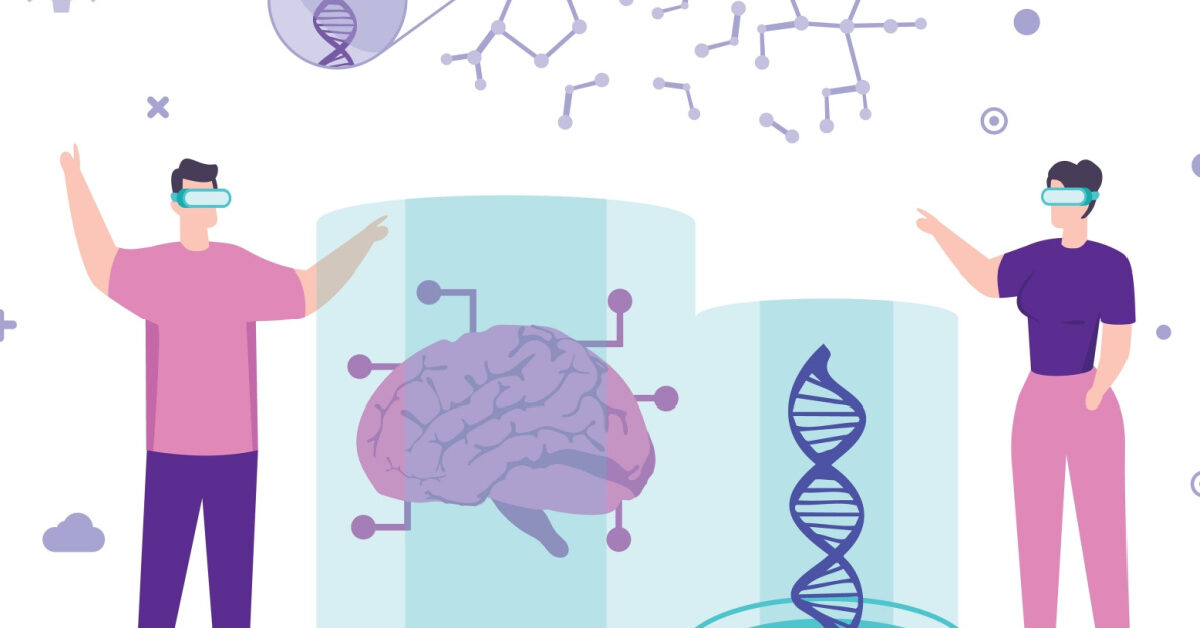It was in the early 2010s when researchers laid the foundation for brain organoids developed from stem cells. Now, more than a decade later, they have been used to power Brainoware, a biohybrid computer that can perform speech recognition tasks.
This computer is like no other, as it combines a brain organoid and artificial intelligence (AI), indicating the ability of our brains to potentially enhance computing.
The most complex organ in the body and the seat of intelligence, the brain, has a network of nerves and synapses that communicate with one another through electrical and chemical signals. Unlike a supercomputer that requires around 21 megawatts to calculate more than a quintillion operations per second – in computing terms, an exaflop – the human brain needs a mere 20 watts of power to do the job. A megawatt being a million watts, it’s safe to say that the brain is way more energy-efficient than a supercomputer.
Researchers have leveraged this to create the world’s first biohybrid computer, which they named Brainoware.
The Brainoware study
The scientists at the University of Indiana Bloomington (UIB) in the U.S., grew a brain organoid from stem cells. A brain organoid is essentially an artificially grown, miniature organ that resembles the brain. They rely on the property of pluripotent stem cells to differentiate into specific cell types.
The team at the university then plugged in electrodes to this clump of tissues in a dish, dubbed a brain organoid, to deliver electric signals in order to monitor neural activity. The brain organoid acted as an ‘adaptive living reservoir’ that charted the signals to the neural networks. Then, the scientists put Brainoware to the test.
In a speech recognition task, the biocomputer was expected to identify vowel sounds out of a speaker pool. The team compiled 240 audio clips of eight speakers who pronounced Japanese vowels. This evoked responses from the organoid, and an AI was trained to predict who the speaker was with the help of the brain organoid’s neural signals.
What began as an accuracy rate of 51%, then improved steadily over the next couple of days with rigorous training, to 78%, depicting that the organoid may be capable of learning and adapting when activated with electrical stimulation.
Moreover, the brain-computer predicted the Henon map – a two-dimensional quadratic map that exhibits chaotic behavior – and even outperformed linear regression, a mathematical analysis that is used to read the value of a particular variable based on the value of another variable.
As the brain organoid-AI duo’s performance showed improvement over time with training, it is thought that the bio computer’s ability to learn and be trained was linked to neural plasticity. This is the capacity of the nerves to mold themselves in response to experience or injury, making this a coveted feature for a computing device.
However, Brainoware is far from an ideal computing system. In fact, it isn’t even an improvement on existing technology, as accuracy levels of traditional computing systems fueled by AI are greater, and have more to offer.
To add to that, maintaining the tissues is a task, as it requires a carbon dioxide incubator among other factors to keep the organoid alive.
Nevertheless, Brainoware could be the beginning of something new – more advanced biocomputing networks.
Is there a need for biocomputing systems?
Despite the challenges with organoid development and maintenance as well as the fact that Brainoware isn’t on par with traditional AI-based computing approaches yet, brain organoids have proven adaptability and plasticity that could emulate supercomputers, and might possibly be en route to mimic the way an actual human brain performs, with the help of more training.
Since AIs are developed using silicon computer chips that direct the artificial neural networks – machine learning models made up of simulated neurons – training these networks on the chips not only eats up time but also a lot of energy. That’s why a method like biocomputing via a brain organoid seems promising.
Applications of brain organoids
Induced pluripotent stem cell (iPSC) technology is also being used to create 3D models to understand the pathology of some neurological diseases. This is especially because mouse models that are advanced and contain humanized sequences have fallen short of capturing Alzheimer’s disease pathology.
These organoids are capable of simulating the environment in an Alzheimer’s brain, including incorporating the presence of astrocytes, vasculature, and dysregulated microglia, which are all linked to the disease.
While a brain organoid can be employed to explore the development of the human brain, as well as model neurodegenerative diseases and brain tumors to aid in drug screening, its alliance with AI has sparked intrigue in computing research as well as the beginning of a new era of machine learning technology as we know it.
Partnering 2030: The Biotech Perspective 2023






